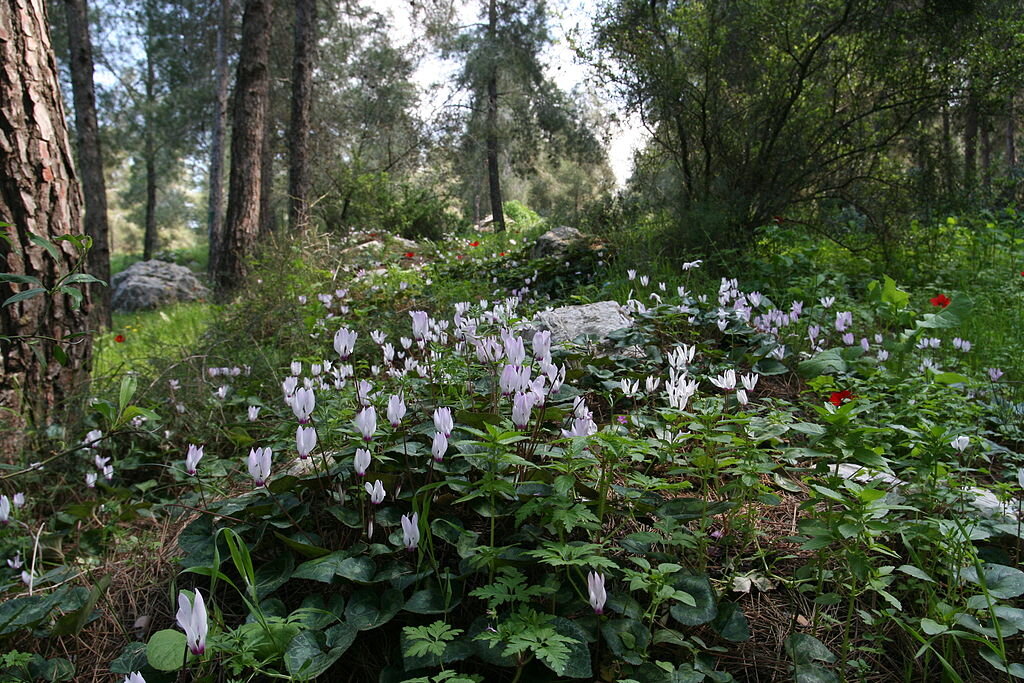The Poison Garden of Alnwick Castle: Episode 006
Welcome to The Midnight Library’s Garden Chat, only we have way more interesting things to discuss besides your Aunt Fanny’s tomatoes. In fact, if you’re bored with Aunt Fanny or anyone else… we may have a solution for you...Tonight’s reading is all about the Poison Garden of Alnwick Castle.
Some of the world’s most deadly plants await your attention, some may even be in your own backyard.
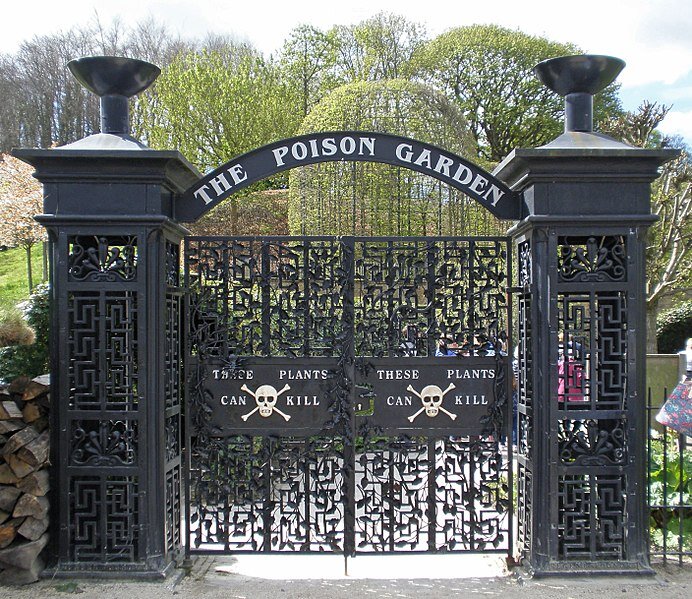
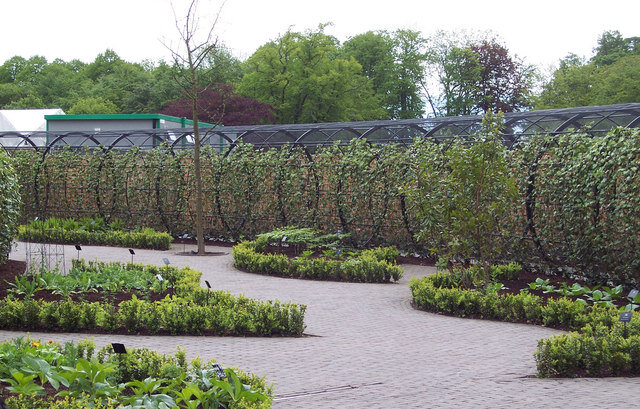
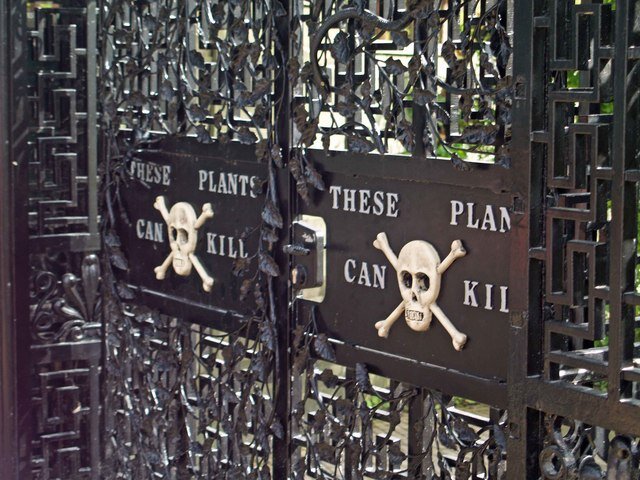
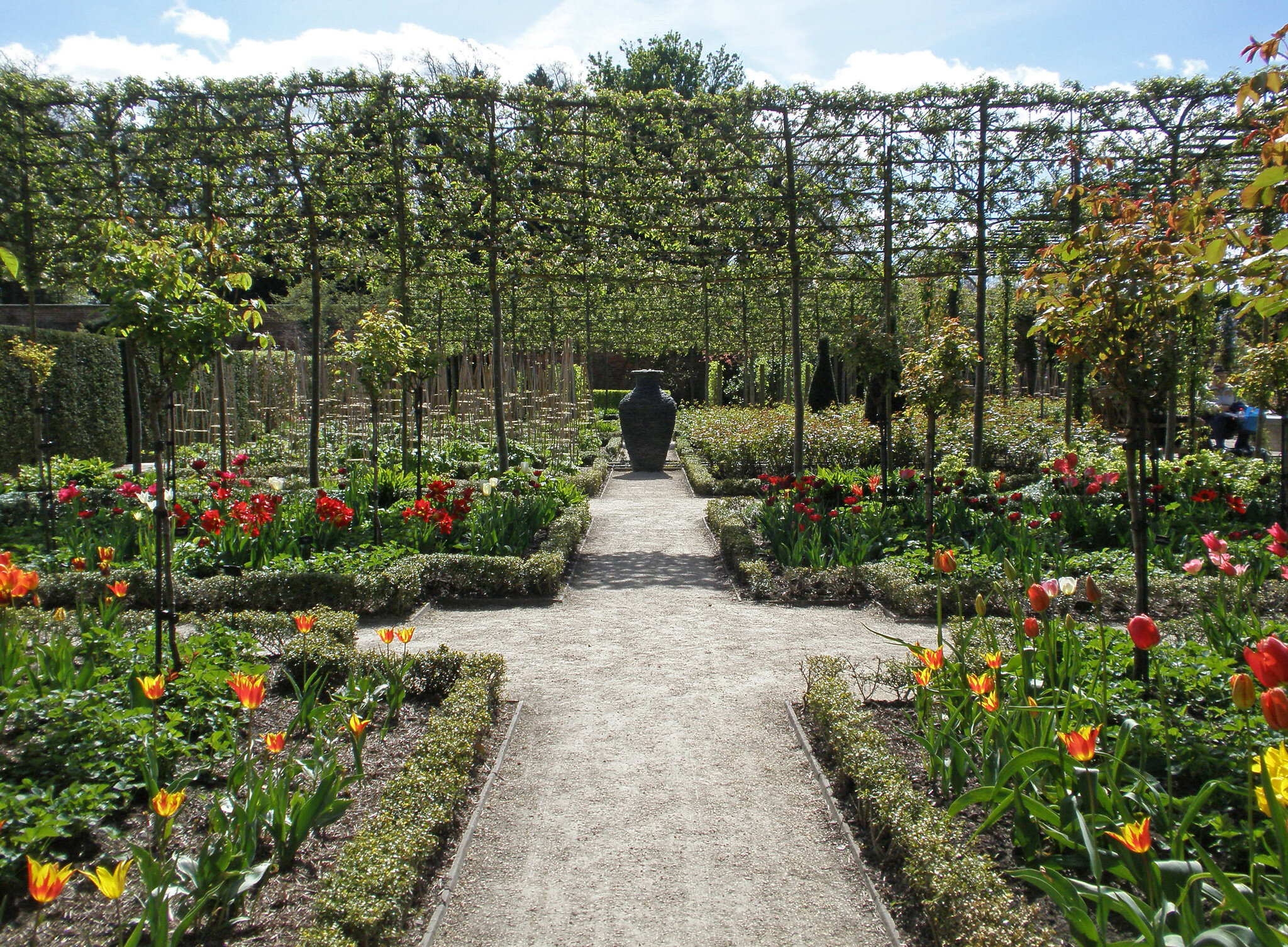
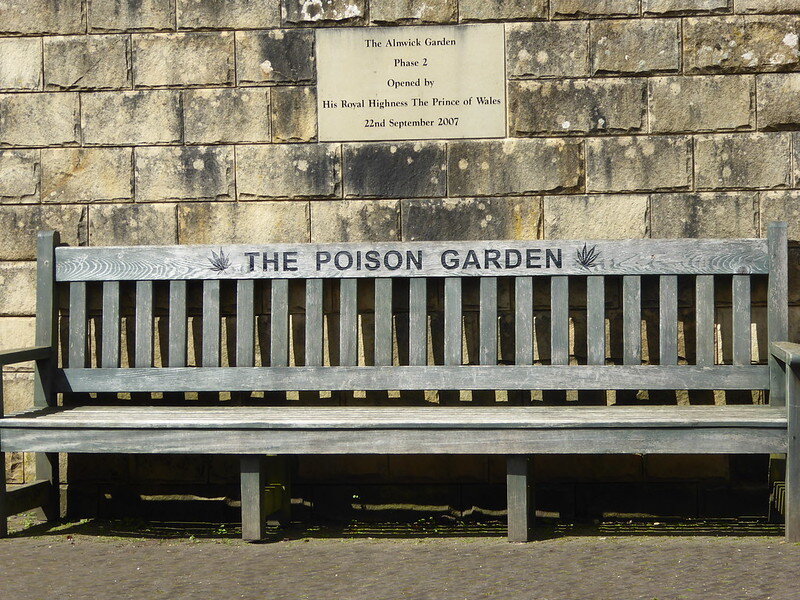
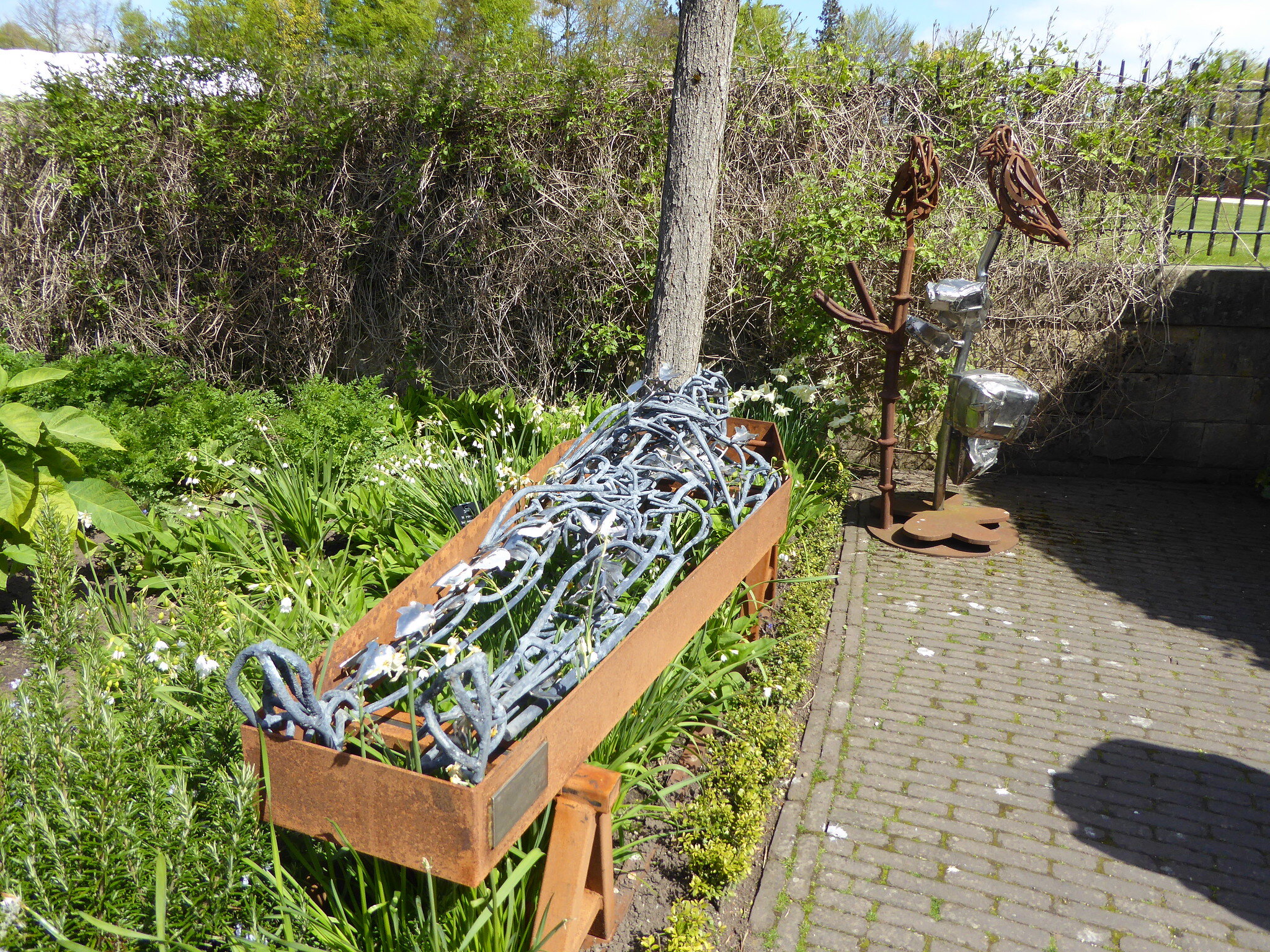
Although we don’t anyone creating their own poison garden…exactly we do have some suggestions of Midnight Library approved plants that may give your garden that extra ghoulish flair.
Amaranth
It is associated with immortality, and, historically, has been used in Pagan funeral ceremonies. They are annual plants, tolerates almost all soil types, and is not very susceptible to drying out or disease.
Cyclamen
This seemingly delicate bloom is sacred to Hecate, the goddess of Witches and is a must in any good witch’s garden. Although they are a dynamic plant, it’s best to keep them out of the cold in the winter, lest they succumb to the elements.
St. John's Wort
This plant has been used in medicine from women accused of witchery toHippocrates, many have taken a liking to this plant’s mysterious powers. These are very vigorous growers, so be sure to keep an eye on them. They may get out of hand soon.


